How schools accommodate disabled students is not widely known. Neither do most people now how it starts for high school students. There are nearly 300 students with individualized education plans (IEP); IEPs are written yearly for students who attend Sultana High School.
For Sultana High School, it starts with the parents. There are thirteen conditions for a student to qualify for special education.A team of staff that is composed of teachers, counselors, and administrators (admin) examine these qualifications. The qualified students parents or guardians are given an assessment plan for signature and school psychologist will test the student based on the teams suggested accommodation for the student are needed. Parents are also able to ask for assessments for their child, as well as teachers.
The creation of the personalised plan for the student’s accommodations are a discussion between parents, students, general education teachers, special education teachers, school counselors, and admin. Discussion over things like testing results, survey information, observations, and interviews to better evaluate the students. Looking at the accommodations and deciphering if more testing is needed and in addition analyzing current levels and areas of strengths. Offering accommodations and support to help to better the students, access to curriculum and keep improving.
“…We offer placements in general education, collaborative classes [collab], SAI [separate class setting] classes, and life skills level classes.”, said by Jeannette Ball, a separate class, a special education science teacher at Sultana High School.
Collab classes consist of a special education and general education teacher that co-teach their students. Sultana also has San Bernardino County classes that service the more severe disabilities. Separate class setting implemented for certain students struggling with specific subjects.
The process of the IEP system is getting students to think about their future careers, the same way the general education students do. Helping students think about what is after high school and help students reach that goal. Having emails and papers set for staff to look at and then adjust to help those students be successful. “Every quarter we are reporting on the students progress on their goals.”, Ball explains.
All the documents are very dynamic to better fit the situation; for the students’ education to better improve to help them. Like any student in general education, students in collab and SAI classes change classrooms at the end of each class period.
“All of these levels still are aimed at meeting state standards and exposing students to the same curriculum as general education students, just modified by the education specialists (special education teacher) and differentiated to help the students at their levels… They are just like any other student on campus but learn differently and need support…”, Ball expressed.
The majority (common) of students qualify with a specific learning disability; for example, cognitive, visual, or auditory processing. In addition, other health impairment that usually fit to ADHD, speech, or language impairment. If a students does not qualify for an IEP the parents have the option of implementing a 504 plan, not under the special education umbrella. These are accommodations for students that usually have a health issue that may require extra additions to assist the student be more successful. However, that doesn’t qualify a student for special education services.
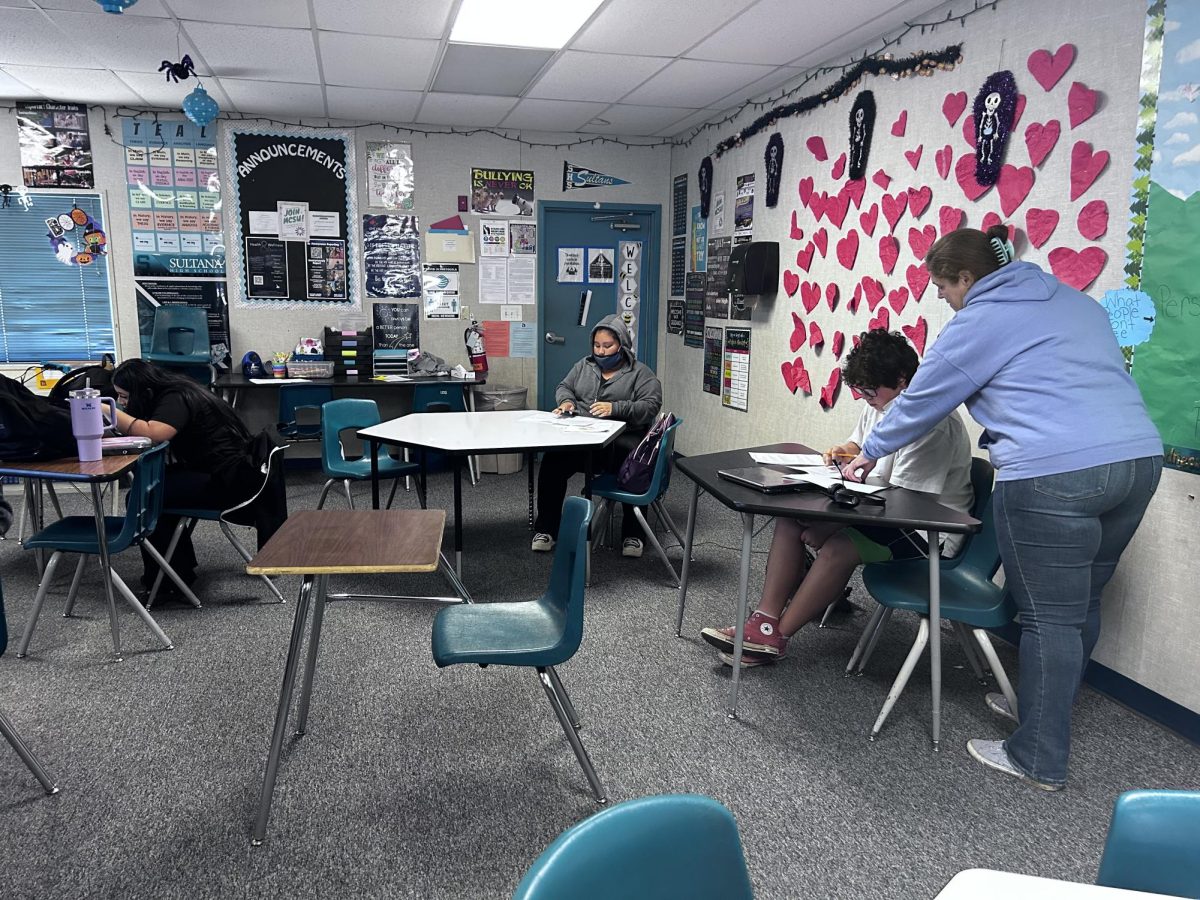

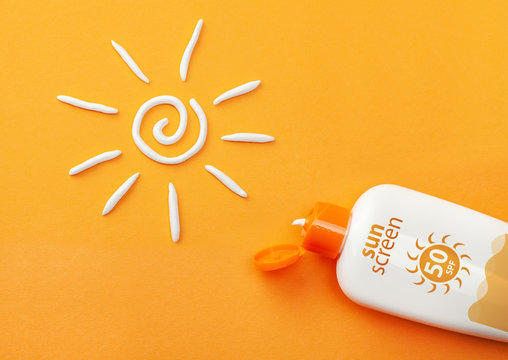
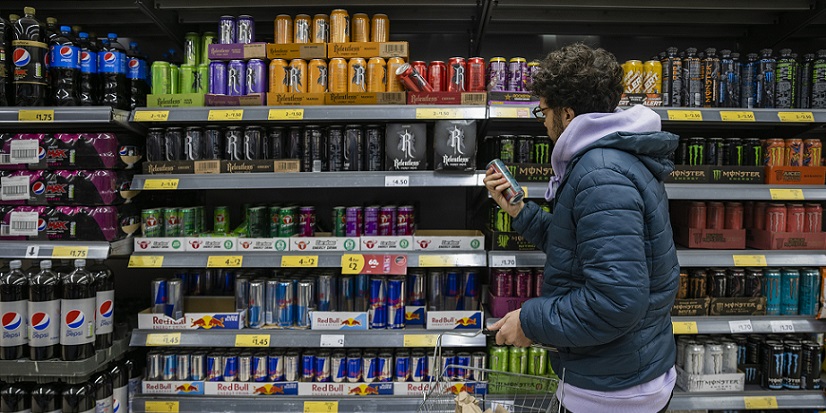
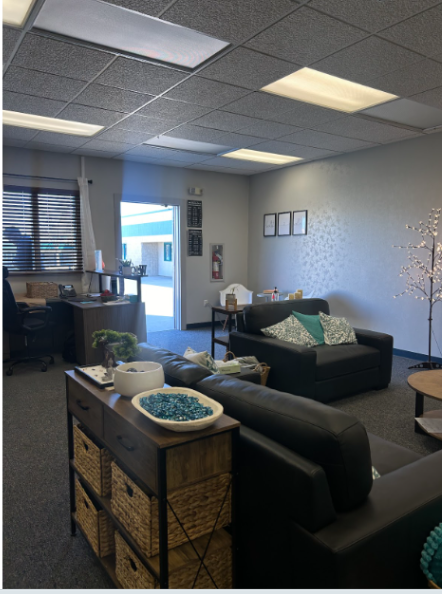


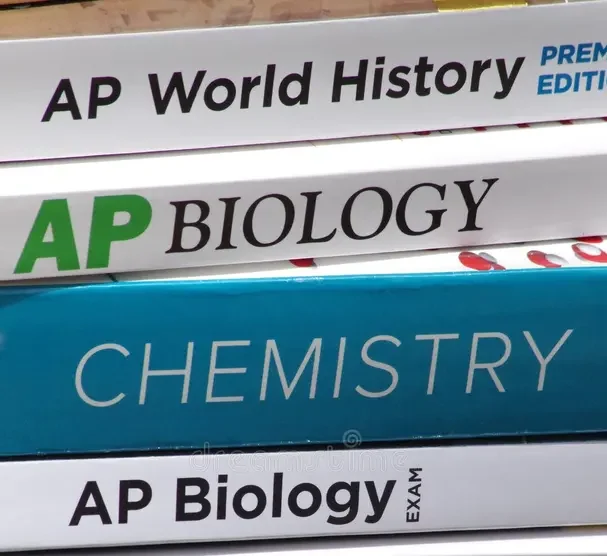
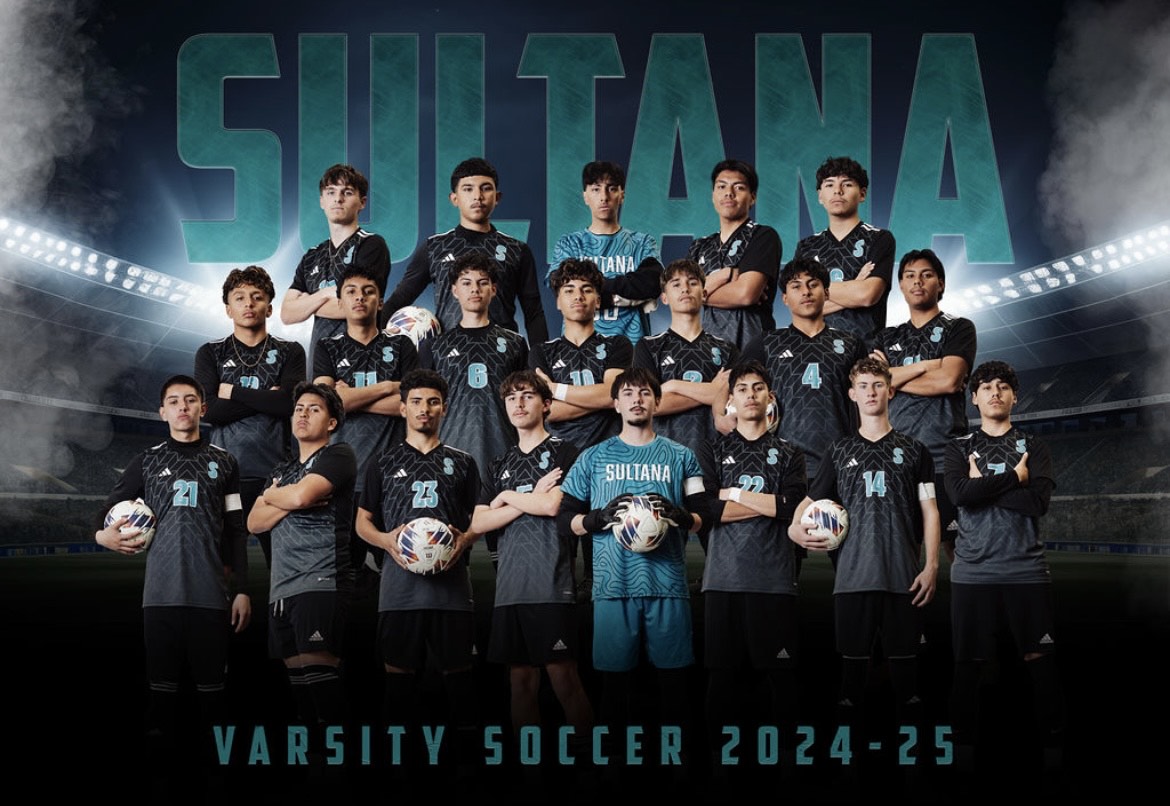
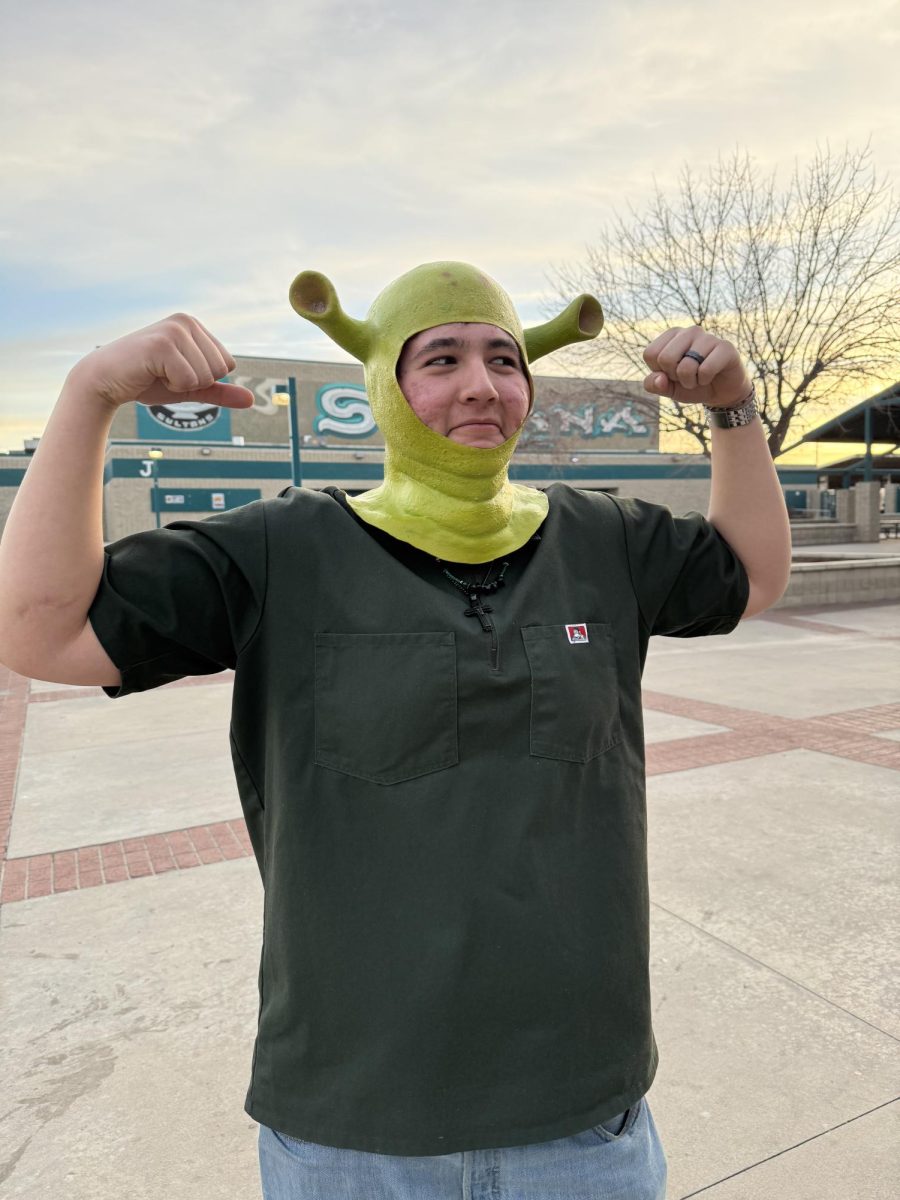
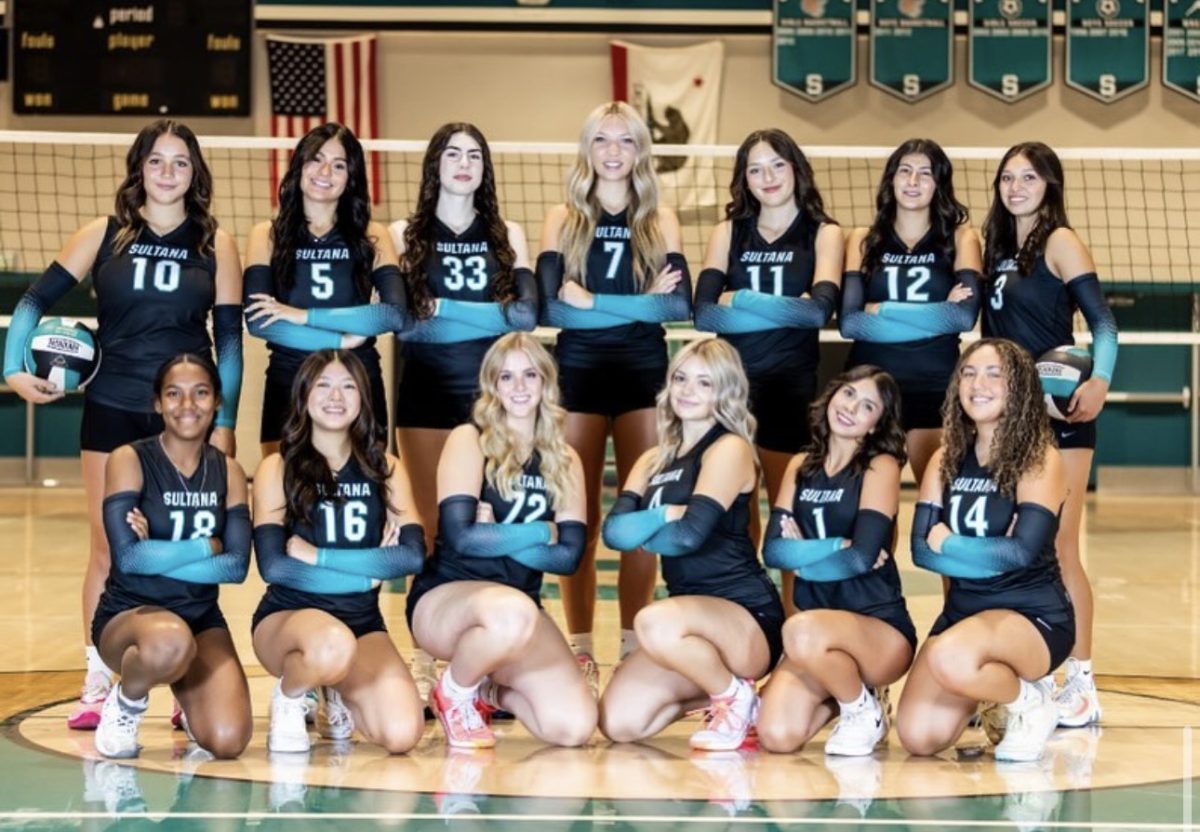
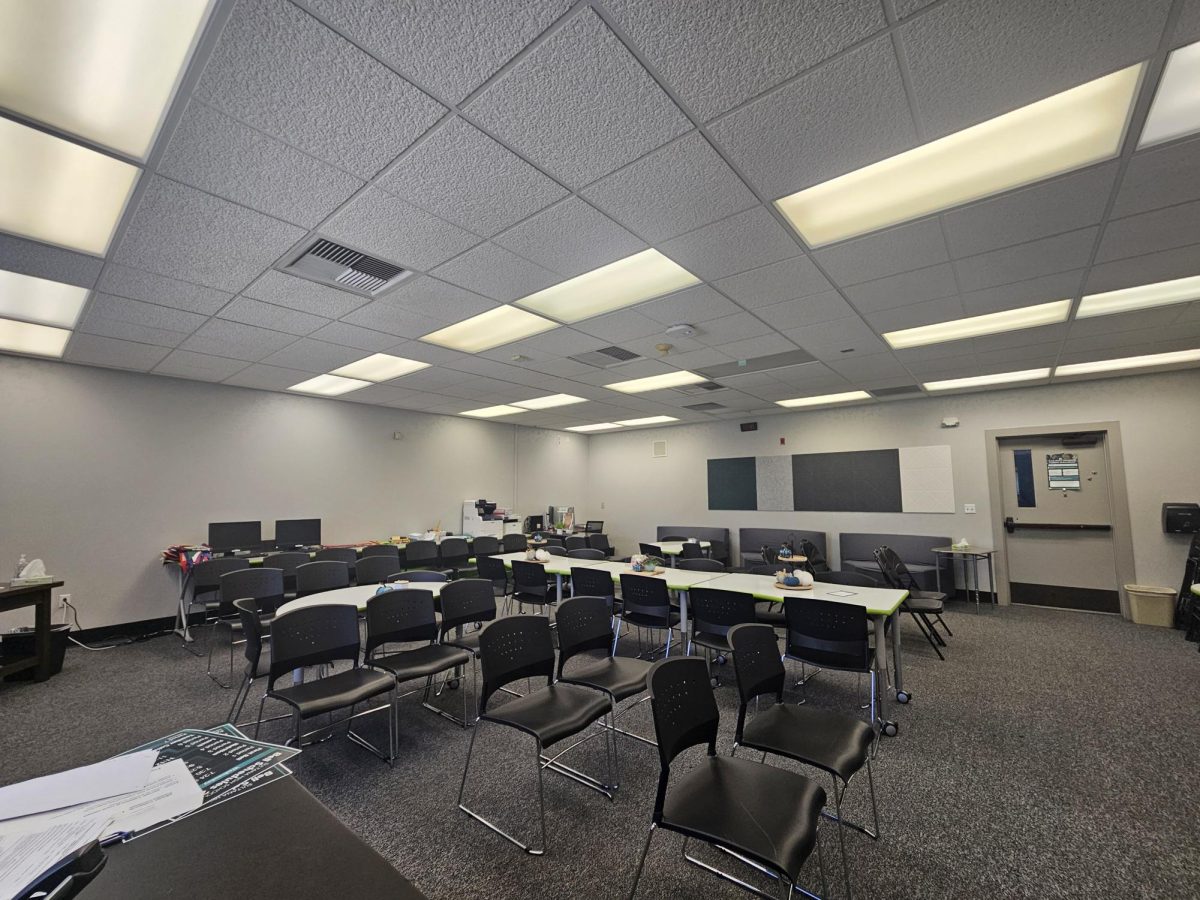



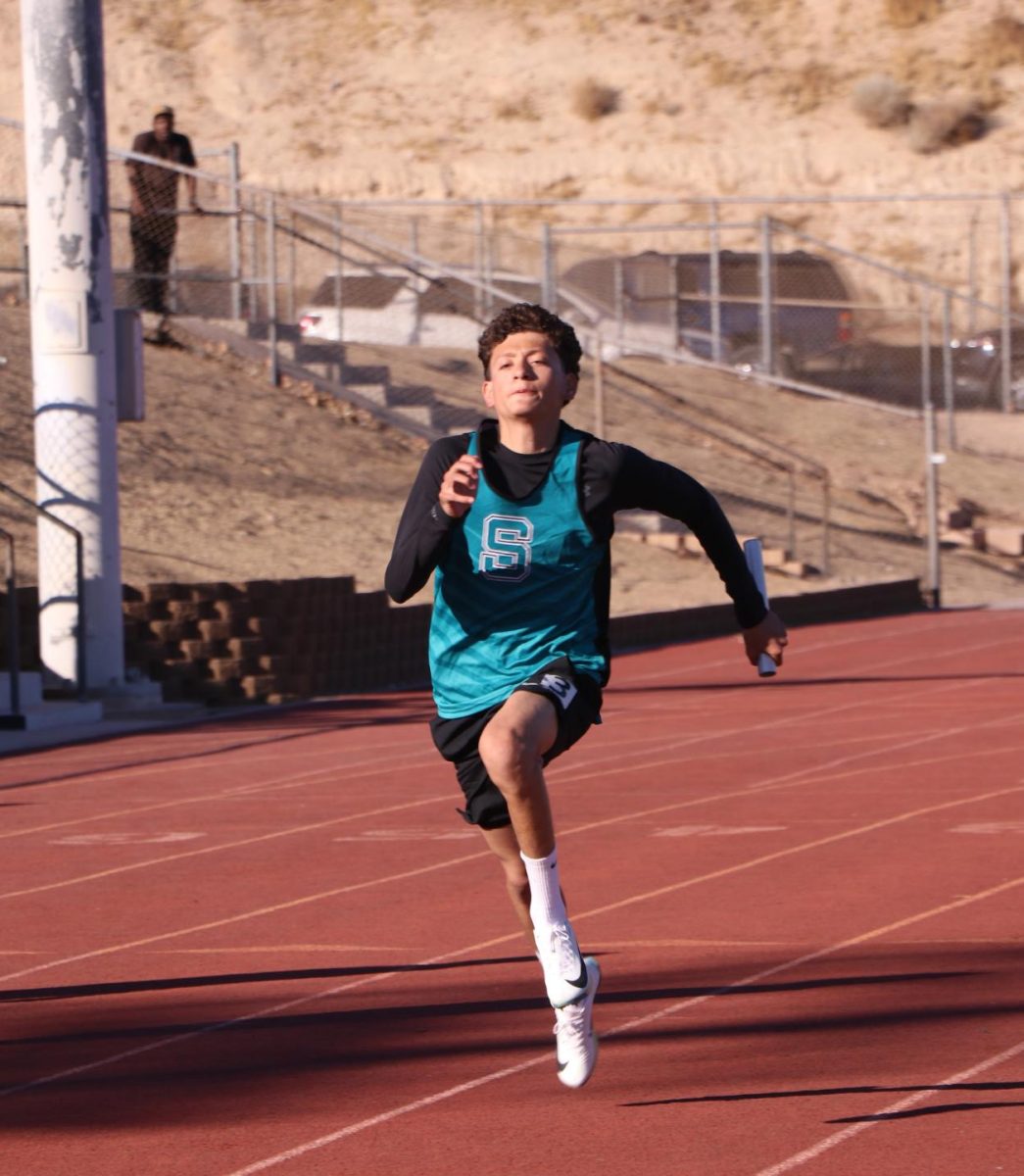
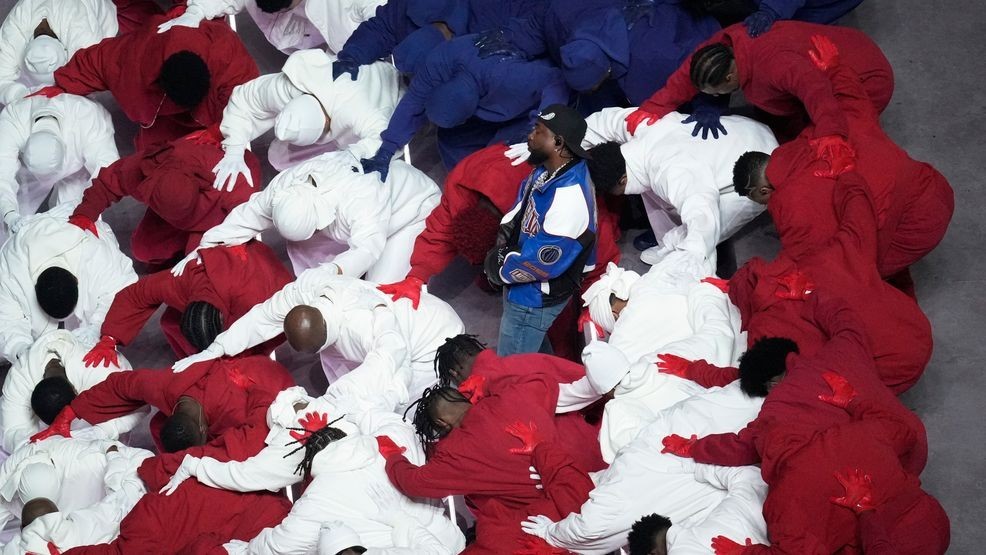

Susan Huerta • Nov 2, 2023 at 12:53 AM
My daughter was on a IEP Plan since Elementary School..
With A IEP Plan Teachers, School Admin. & The School District, has to follow the plan exactly how described in The IEP Plan to benefit the Student..
It also is a Legal Document, and for ANY REASON it is NOT
FOLLOWED…There can be legal issues the School Dist. can
be liable…
be lis
FOLLOWED